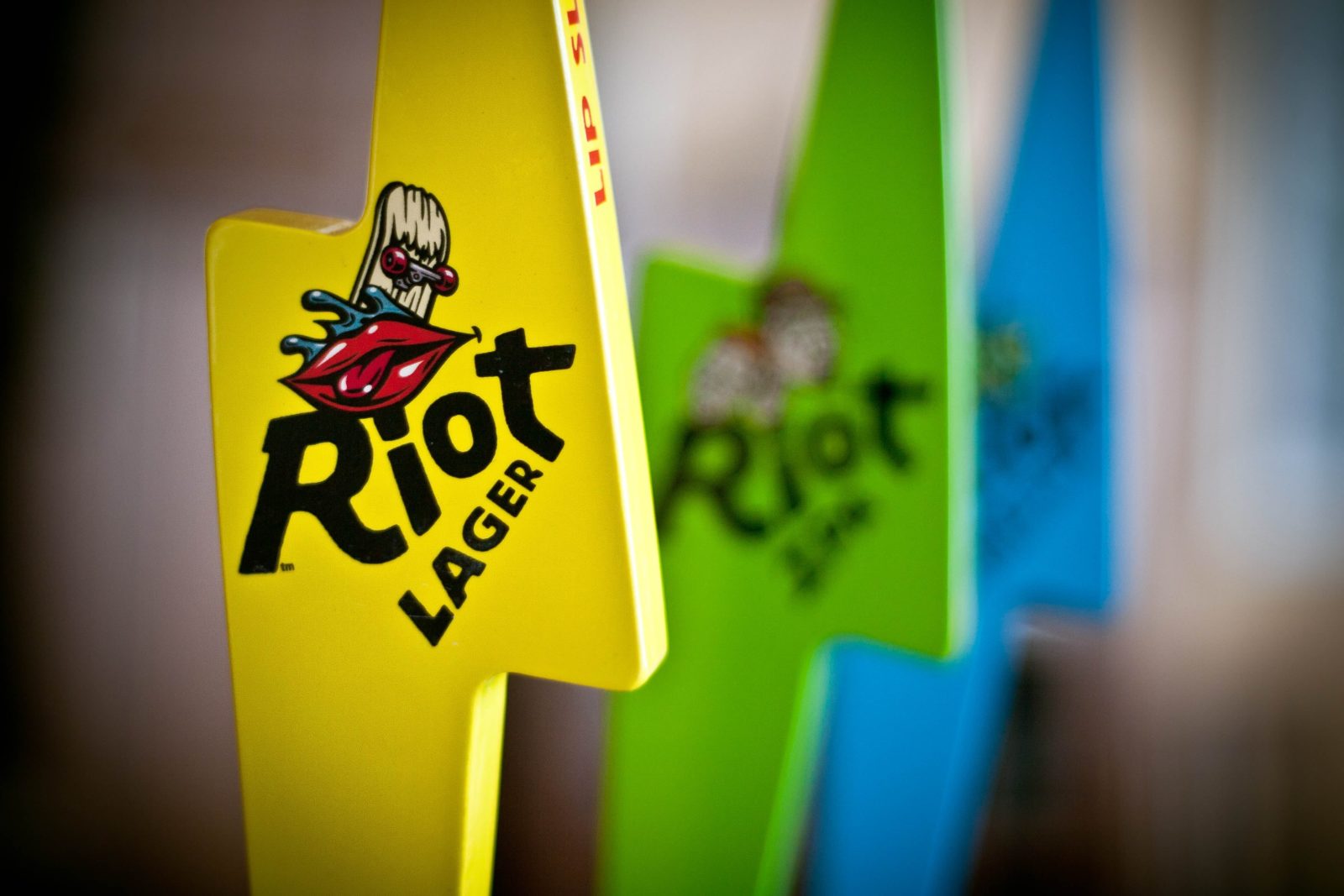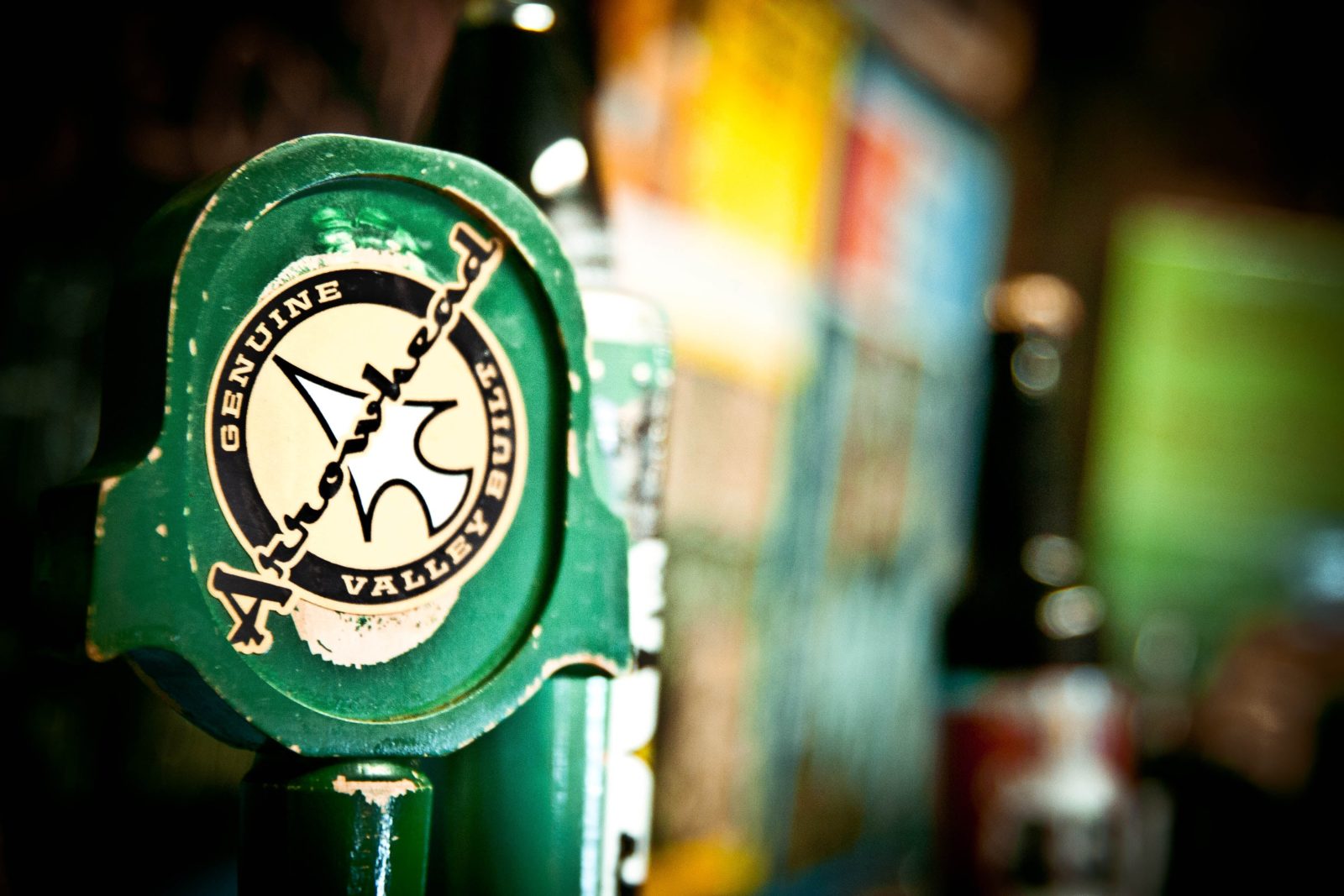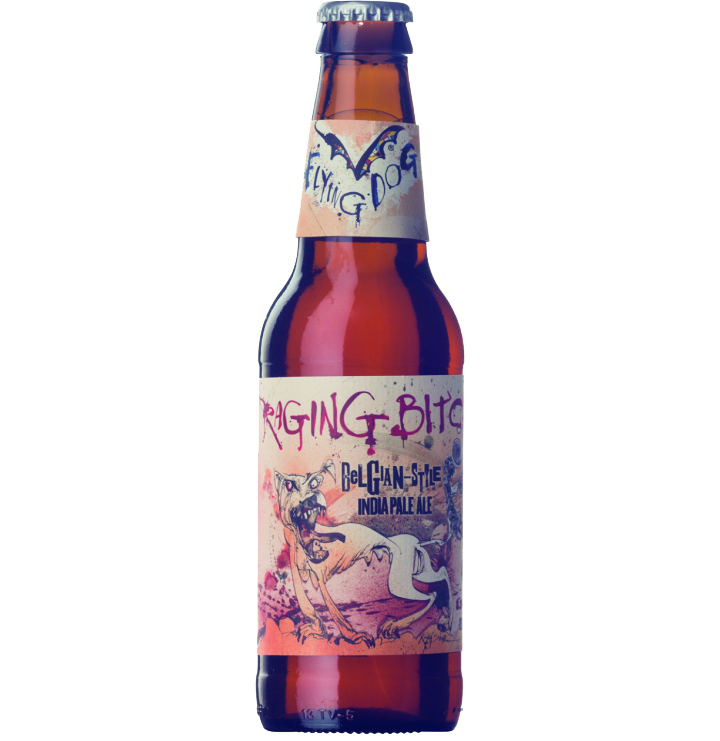So you sidle up to the bar with a thirst only a delicious craft beer can satisfy. If you’re lucky, you’ll be faced with dozens of brightly coloured works of art, each vying for your attention.
Invariably, one will pique your interest, and in so doing, may very well sway your decision on just which particular craft beer you choose to quench said thirst.
The tap handle is one of the most ubiquitous pieces of commercial art, and thanks to the growing craft beer revolution, there has been a creative renaissance of these three-dimensional advertisements.
In addition to being a cool piece of craft beer kitsch, they’re also a vital part of a brewery’s marketing strategy.
“Craft breweries, especially the smaller ones, don’t really advertise, so the tap handles are one of the only marketing tools they have,” says Kevin Fulton, lead designer at Chrislan Ceramics in Maple Ridge, Western Canada’s largest manufacturer of custom tap handles.
“Without the tap handle, no one knows who you are. For a lot of people that’s their first impression of your beer.”
Chrislan Ceramics produces 15,000 tap handles every month for clients all over the world, including B.C. craft breweries like Parallel 49, Four Winds, Twin Sails and Moody Ales.
A custom tap handle can take 6-8 weeks to produce from concept to final product. So long before a seasonal beer is even brewed, a brewery will need to start planning the tap handle for it.
As for the design, Fulton says the most important thing isn’t communicating what brand is on tap, but instead what style of beer.
“There’s not really a lot of loyalty to craft breweries,” says Fulton. “Craft beer drinkers are more particular about the style of beer they drink. Like wine drinkers, they order by style first.”
With so many tap handles jostling for position behind the bar, some designs can go a little overboard. If a tap handle is too wide, it won’t fit in between the other tap handles. Too heavy, and it can cause the tap to open accidentally, spilling that precious beer. And if a poorly made tap breaks, that can mean a drop in beer sales.
In the U.S., a law dating back to the end of prohibition requires all beer taps to be labelled, says Fulton.
“If the tap handle breaks, they have to pull the keg.”
Of course, whatever the design, it needs to stay true to the spirit of the beer, where it’s made, and the people making it. The tap handles at Gladstone Brewing in Courtenay are fashioned out of antique automotive tools, an homage to the brewery’s architectural heritage.
“This is an old car mechanics shop that was built in the 1950’s… and our parking lot used to be a used car lot,” says general manager Jonathan Parker. “Ultimately, it’s a pretty simple design. One of the owners finds these antique tools and we give them to a local artist who does the welding and the engraving of the badges.”
Parker says the patinaed tap handles were designed to be distinctive alongside more traditional ceramic and wooden examples.
“It needs to be unique to stand out, it’s one of the first things people see [when they walk into a pub].”
Not surprisingly, some craft beer fans have taken to collecting tap handles. Parker says Gladstone is regularly contacted by collectors in the U.S. and overseas who want to get their hands on the unique tap handles for their collections.
“We have to tell them no,” he says. “We’re selling beer, not tap handles.”
Chrislan Ceramics: How craft beer tap handles are made
1. A brewery works with a design firm to come up with a concept for a tap handle that’s consistent with their branding.
2. After receiving a design, the manufacturer will create a refined 2-D proof using computer graphics software.
3. Once the design is finalized, the next step is to create a 3-D proof of the tap handle using a 3-D printer.
4. The tap handle looks great! Now to make 1,000 more of them. Using the 3-D printer, the manufacturer prints a pattern that’s used to make a mould for the tap handle.
5. A machine injects pressurized clay into the mould. The tap handle blank is removed from the mould and is dipped in glaze before going into a 1,500 C kiln, where the clay handle hardens and shrinks in size by almost 10 per cent.
6. The tap handle is then hand-decorated with special inks, stickers or decals, depending on the design, before being sent out for a protective clear coat.
7. The tap handle gets its finishing touches, with any hardware or decorative attachments added.
8. Ta-da! All done! Just 999 to go…
Photos by Jonny Healy.







